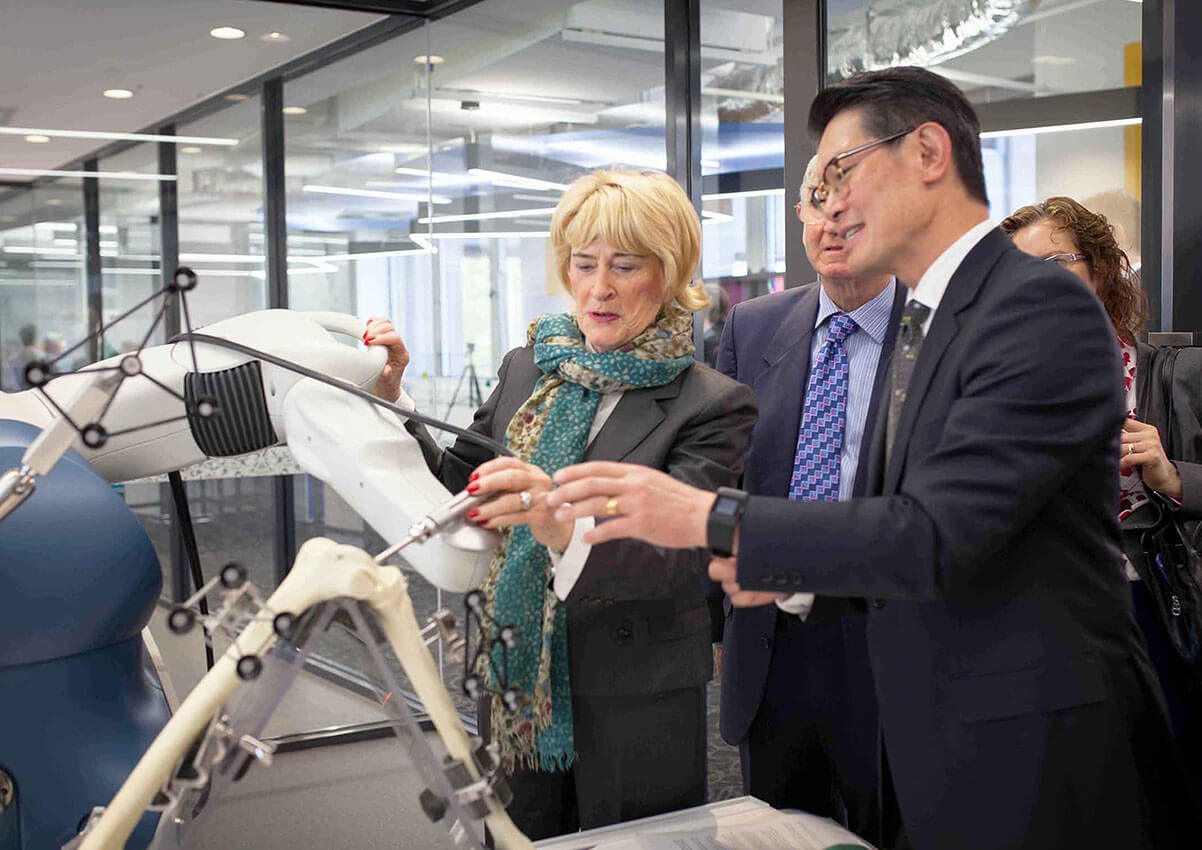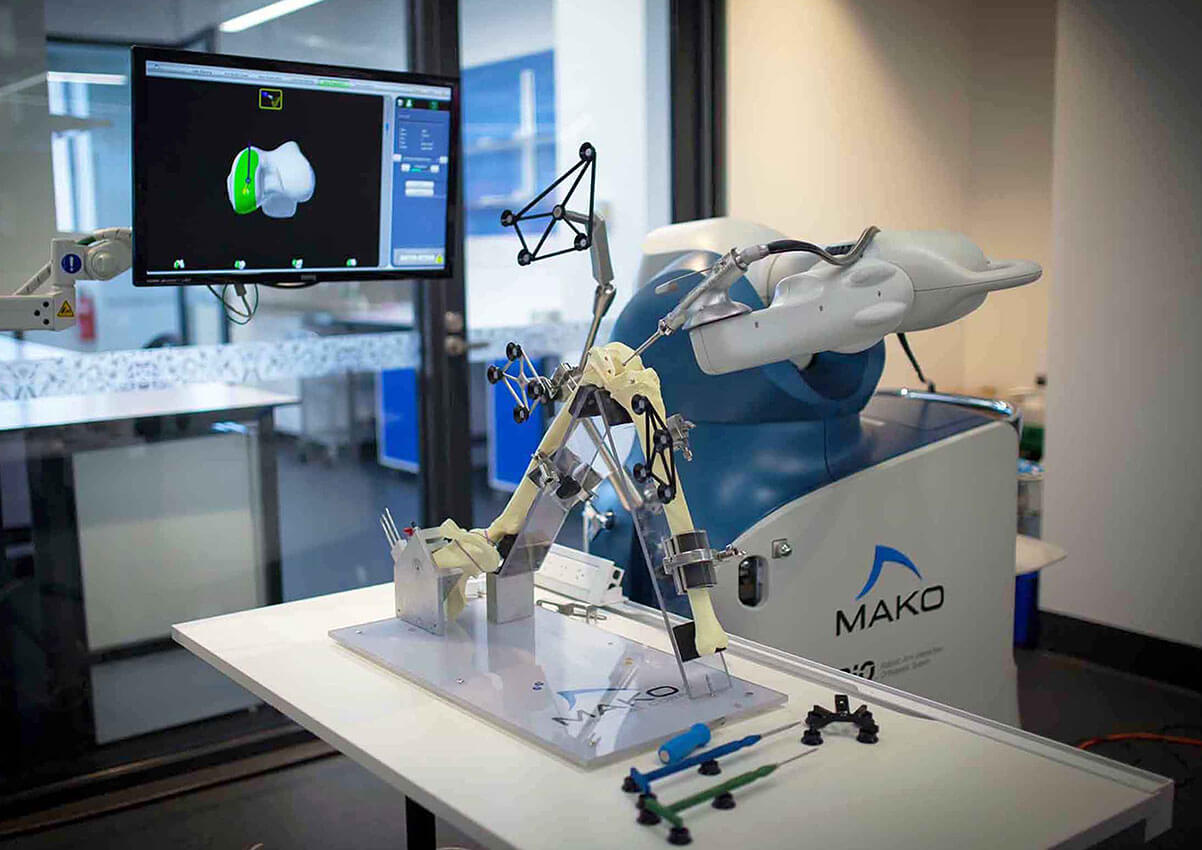BioFab3D | L2D Architects

2023 National Architecture Awards Program
BioFab3D | L2D Architects
Traditional Land Owners
Wurundjeri
Year
Chapter
Victorian
Category
Builder
Photographer
Media summary
BioFab3D is a biomedical research facility at St Vincent’s Hospital Melbourne (SVHM), built as a prototype to test a new model for medical research. This new model aims to fast-track the translation of research into medical device development to improve health outcomes, by co-locating diverse expertise from different institutions, including researchers, engineers, and clinicians in a hospital setting. BioFab3D unites five institutions: SVHM, University of Melbourne, RMIT University, Swinburne University of Technology, and University of Wollongong.
The design is centred on a glazed central laboratory with laboratory support and workplace zones to the north and south respectively. A “racetrack” circulation pathway is created around the laboratory facilitating movement of people, consumables, and waste. All spaces are “non-territorial” shared facilities to focus and promote multi-disciplinary and multi-institutional collaboration. This facility puts science of display which not only enlivens the space but presents the facility as a philanthropic tool to showcase achievements.
We asked L2D to design BioFab3D to not just support but drive a spirit of collaboration, teamwork, sharing and partnership. In its compact but highly functional way, it has brought 5 partners together on a clinical campus and gave them the opportunity to prove that a facility with 100% shared, collaborative space can work in the traditionally competitive environment of medical research. Countless new projects have been created which have been completed faster than ever before. It has showcased ACMD to clinicians and industry and inspired Government and philanthropic supporters to get behind the new, $206M ACMD currently under construction.
Client perspective









